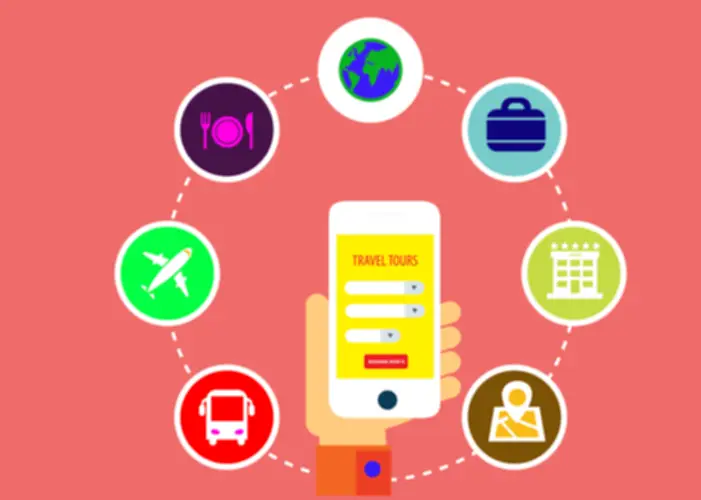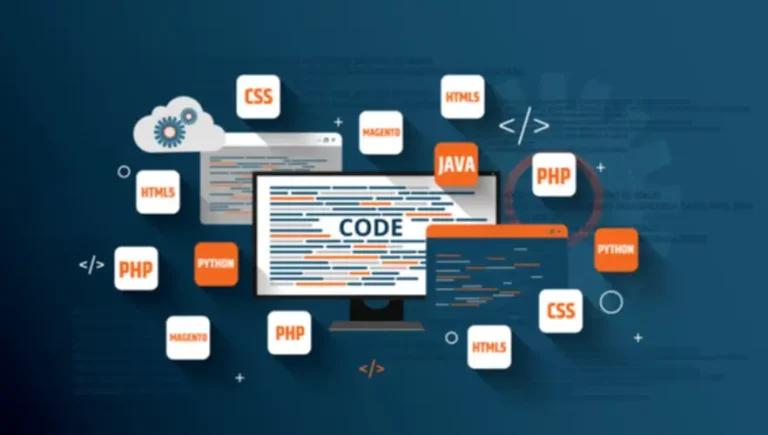It’s this work on person stories that help scrum groups get higher at estimation and dash planning, resulting in more accurate forecasting and larger agility. Thanks to tales, kanban groups discover methods to handle work-in-progress (WIP) and may further refine their workflows. The function of a user story is to articulate how a piece of work will ship a particular value back to the customer. Note that “prospects” do not should user story meaning be exterior end customers in the conventional sense, they can be internal prospects or colleagues within your group who depend in your team. Such flexibility is essential in an agile environment as a outcome of adjustments are anticipated all through the development section. Story mapping helps to schedule collaborative periods with diverse group members, including product owners, developers, and stakeholders.
This simple device becomes useful to the product management and improvement team all through their work. In this article, we’ll present an overview of consumer tales, why they are necessary, how they’re used, and greatest practices for writing an effective story that represents your customer’s wants. When the team begins work on a consumer story, they needn’t all the time understand the complete scope of labor since person stories are (intentionally) obscure about what options the group ought to implement. Most commonly, the product owner writes person stories based mostly on user analysis and organizes them into a listing for the development staff, also known as a product backlog. Though anybody can technically write consumer stories, it’s the product manager’s responsibility to ensure they have the entire information the development staff wants to find a way to execute their initiatives.
Identify the most important categories of customers that gain value from utilizing the system. Understanding personas is crucial because it grounds the story map in real consumer needs and behaviours. See user stories Mike Cohn wrote as part of several ai trust actual product backlogs. User stories are a common element of Agile improvement, and using them correctly provides in depth advantages to those that are developing the solution and the customer using the software program.
Step 6: Draft Stories That Can Be Accomplished In A Single Dash

A User Story is a concise, casual description of a feature or functionality from the perspective of an finish user. It is a technique utilized in agile software program development to capture necessities and communicate them successfully within a cross-functional staff. Ideally, the team should draft the tales in collaboration with all stakeholders, and learn by analysis.
It is a great design technique that enhances collaboration among all stakeholders. Here is an in-depth clarification of consumer tales by Max Rehkopf, product advertising manager at Atlassian. Managing user stories nicely is essential for staying organized and on observe. A frequent construction for this a half of a person story could be “As a role…”
Designing A Model New Agile Organization
In some circumstances, developers assign user tales a unique identifier and an effort/priority stage. The unique identifier is typically a quantity and permits builders to maintain track of what number of user stories there are and when they’re completed. The acronym INVEST helps to recollect a widely accepted set of standards, or guidelines, to evaluate the quality of a consumer story.

Agile and Scrum teams usually write consumer stories in three steps, with each step representing the end user’s viewpoint. We’ve put collectively important particulars https://www.globalcloudteam.com/ round how to write effective user stories. Learn how specializing in the tip user’s experience can drive essentially the most worth. User story examples provide sensible illustrations of how user stories are used in various contexts within agile improvement.
This makes the map a tool for visualizing how the product will work and the way users will work together with it. By adhering to this format, User Stories turn into concise and centered, making it easier for the event team to understand and implement the specified performance. It’s usually best to assume about the written half as a pointer to the real requirement. User tales might point to a diagram depicting a workflow, a spreadsheet exhibiting how to perform a calculation, or another artifact the product proprietor or staff desires. User tales are designed to strongly shift the primary focus from writing about features to discussing them. In fact, these discussions are extra important than no matter text is written.
- They will characterize the options or capabilities needed to finish the user journey.
- The 3Cs—Card, Conversation, and Confirmation—are important features of crafting and understanding person stories in agile growth.
- More detailed user stories are gathered and collected as usual with the person story practice.
- By breaking down complicated requirements into manageable chunks, user tales facilitate iterative growth and enable teams to deliver value incrementally.
- As Ron Jeffries, one of the creators of Extreme Programming, says, refining tales helps teams stay versatile and concentrate on what issues most.
Manage Around Worth With Agile Long Run Planning

In easy terms, consumer tales are stated ideas of necessities that categorical what users need. User stories are transient, with every element usually containing fewer than 10 or 15 words each. User stories are “to-do” lists that assist you to determine the steps along the project’s path. They help be positive that your process, in addition to the ensuing product, will meet your necessities. User stories are sometimes recorded on index cards, on Post-it notes, or in project management software.
User story mapping is a visualization of a product’s features from the user’s perspective. It is a view of the product’s backlog that focuses on person expertise. User story mapping helps project managers and development groups acquire a better understanding of consumers and permits them to prioritize work that gives the most effective worth to users. Imagine starting a project without a clear course like setting off on a street journey and not using a map.
In product management, User Stories play a vital function in defining and prioritizing product features. They assist product managers understand the wants and expectations of the goal users, enabling them to make knowledgeable selections in regards to the product roadmap and have growth. You could hear the terms user stories and system requirements used interchangeably.
